Before we start, how are you doing with your zero waste lifestyle? Hopefully you’re not too overwhelmed! One thing we found when we started to cut out single-use plastic is that you have to decide between so many alternative options – paper, bioplastic, compostable plastic. It can get confusing! Take a look at this:
Alternatives to single-use plastic
With alternatives to single-use plastic, there’s only one question you need to ask to see if they are worth using: does this help reduce waste overall? If the answer is no, there’s likely a better option out there.
This is because replacing one throwaway item with another doesn’t really fix the bigger problem. We are still using valuable natural resources to make things we use for a few seconds and ending up with the same quantity of trash to deal with.
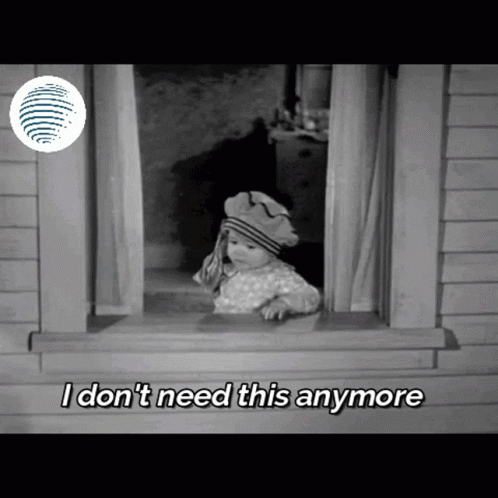
Some of these “plastic alternatives” also have other issues that might make you think twice about using them: bioplastics for instance still contain chemicals and sometimes even fossil fuel plastic as major ingredients. And of course, they still create microplastics. Any paper that’s in contact with food usually has a thin coating of plastic on it so it doesn’t fall apart. There’s more about these different materials in the watch list below.
In general, the best alternatives for single-use plastic are things that are reusable. Think real (metal) cutlery that can be washed and used thousands of times instead of trendy disposable bamboo versions. Or a glass, porcelain or thermos cup for tea, instead of a paper cup. Because we use these items over and over again, we help reduce waste overall. It means fewer new things need to be made and thrown away.
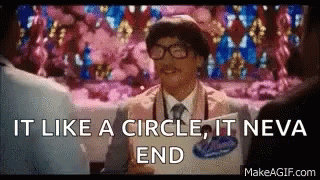
Alternative ways to deal with discarded plastic
But what if we can do something useful with all that trash? That would mean disposables are not so bad after all. You may have heard of waste being turned into electricity, heat or fuel. That sounds much better than putting it into a landfill or letting it get into nature, right?
Let’s think this through. What exactly do we put into those machines to produce the energy? In most cases, it’s mixed (not separated) waste. This means piles of food, glass, metal, paper and of course plastic. Why mixed? Because it’s much easier for local governments this way – there’s just one set of trash to collect and then burn.
Burning mixed waste is pretty inefficient though (all that wet food!) and lots of good things that could have been recycled or composted go up in smoke.
If the waste is sorted first, and organics and recyclables removed, we’re usually left with a bunch of plastics. As these are made from fossil fuels + chemicals, when they get burned they cause climate breakdown in exactly the same way as oil, gas or coal. But with plastic, there’s also a lot of seriously toxic stuff in the ash and smoke – things like dioxins, furans and heavy metals. This is especially dangerous when plastic is turned into fuel briquettes that get used for making cement or cooking food.

Now let’s think about where all that waste comes from in the first place. Plastic trash – the main source of heat – is not a renewable source of energy, like wind or solar power. It’s a finite fossil resource. Waste-to-energy facilities cost a lot of money and, to work properly, their fires need be kept burning 24/7 at a very high temperature. This means we need a steady supply of new plastic waste to feed the machines and get the money back – so more oil and gas being extracted from the Earth.
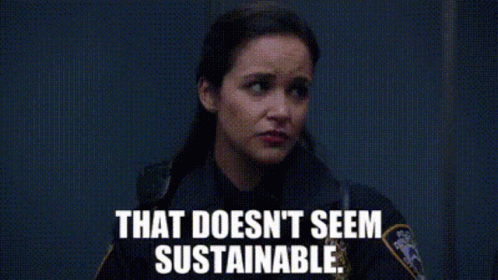
Zero waste means keeping materials in use, over and over again, for as long as possible and then disposing of them safely. But when we burn plastic, all that remains after the heat, fuel or electricity has been used, are toxic by-products. Nothing useful can be done with these, though some companies attempt to mix the ash into building materials. In any form, the leftover ash and smoke cause serious health problems for people and ecosystems nearby.
The bottom line is, if we separate our waste and compost and recycle what we can, we’re mainly left with a pile of plastics. By reducing this pile – for example by designing durable and reusable products – we can conserve finite resources and have very little left to burn. So there’s no need to produce heat or electricity from waste at all: we already have real solutions and many climate-friendly sources of energy we can use instead. Why risk our health and our environment if it’s not even necessary?
Introducing… false solutions and greenwashing
False solutions are any ideas or actions that claim to solve the plastic crisis in some way, but in fact do not. They usually focus on switching one single-use material with another, that is supposedly better for the environment, or on using technology to “manage” plastic better at the end of its life.
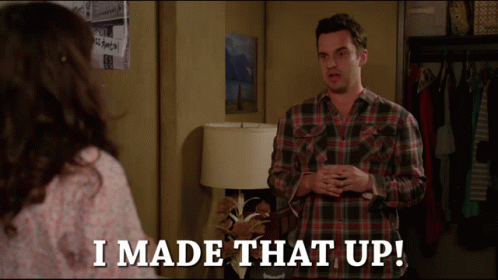
By this definition, bioplastics and any kind of waste-to-energy or fuel technology could be considered to be “false solutions”. There are many others, like saying we can turn used plastic into new clothes or shoes, or that plastic-eating worms or bacteria will save us. They never try to solve the problem at the source – to reduce the plastic we produce in the first place. In fact, they can even make the problem worse, by distracting or delaying us from working on the real solutions that will lead us to zero waste.
Companies who promote these types of solutions are often said to be “greenwashing”. This means – intentionally or not – they trick people into thinking that the problem is being dealt with and that they are part of the solution. They might use misleading labels or marketing to try and boost their image or sales. Meanwhile, they are supporting the same overproduction and overuse that caused this crisis in the first place.
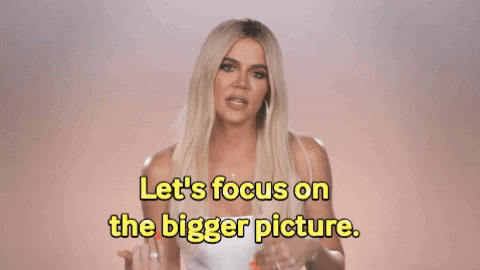
As we know from the previous parts of this guide, after plastic has been produced and used in any form, the damage has already been done. The climate has already been impacted, pollution has been created and our health damaged by the release of microplastics. So these false solutions aren’t solving the problem – to do that we need to change the system that produces the waste in the first place.
Greenwashing is a big topic and covers a lot of false environmental claims and promises made by companies in all sorts of industries – fashion, cars, energy to name just a few. If you want to know more, check out the links at the bottom of this page.
In summary, we might say that false solutions try to fix the plastic crisis with alternative materials or ways to deal with the waste. These might seem to be helping but in reality, they still deplete natural resources, create new waste and cause harm to the planet and our health. They don’t address the root of the problem: our throwaway culture. As zero wasters, we need to be able to recognise false solutions and reject them – but they are often hard to spot, especially if they are marketed as “eco-friendly”.

To find out more about false solutions to plastic pollution, check out our reading and watch lists below. Take your time to explore whatever appeals to you. You can also apply your new knowledge in an activity, or test it out in the quiz. If you have any thoughts on false solutions, or want to answer the question below, leave us a comment!
➤ Reuse vs. single-use: environment impacts
➤ 9 reasons to move away from waste-to-energy
➤ Good plastics, bioplastics and greenwashing
➤ How to recognise greenwashing (plastics)
➤ How to avoid greenwashing (general)
➤ Trash Hero False Solutions Toolkit
❗ TRY THIS
Take a look at these examples of false solutions. Can you explain why they are greenwashing?
Why do you think people fall for these type of ads? And what can we do to stop this happening?
Want to test your knowledge about false solutions and greenwashing?
❓ OVER TO YOU
Oil companies are often accused of choosing profits over people and planet. Do you agree with this statement?
💡 Think about which of these 3 goals would be important for you.
Let us know your thoughts below!
Note: comments are moderated so they won’t appear right away


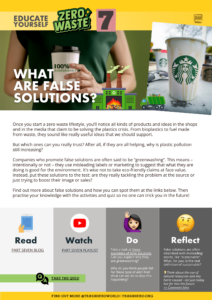
Join the conversation